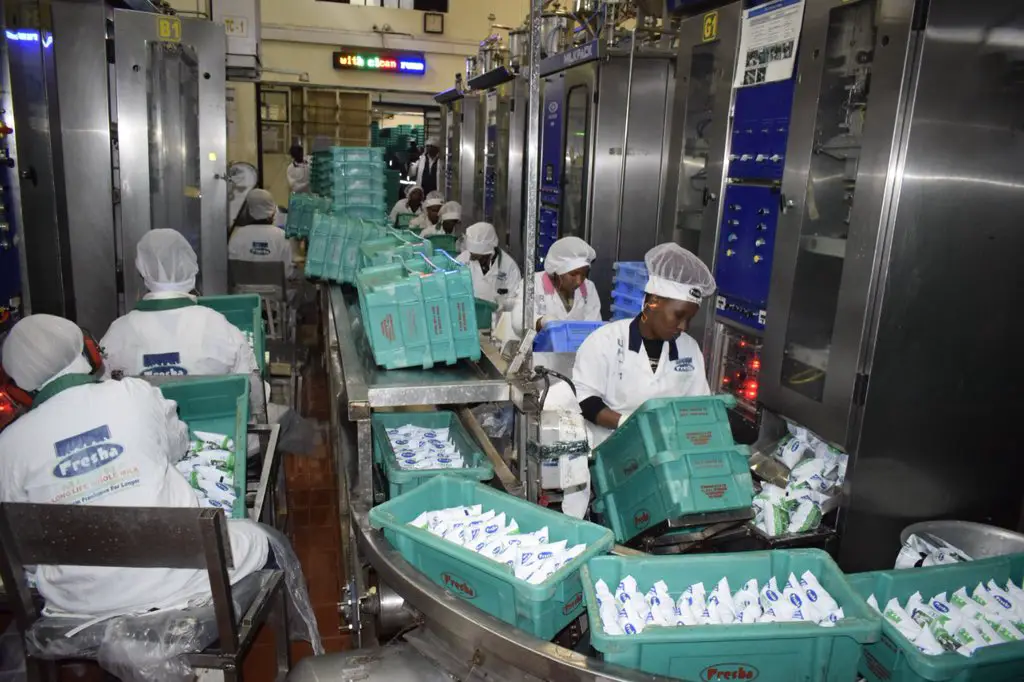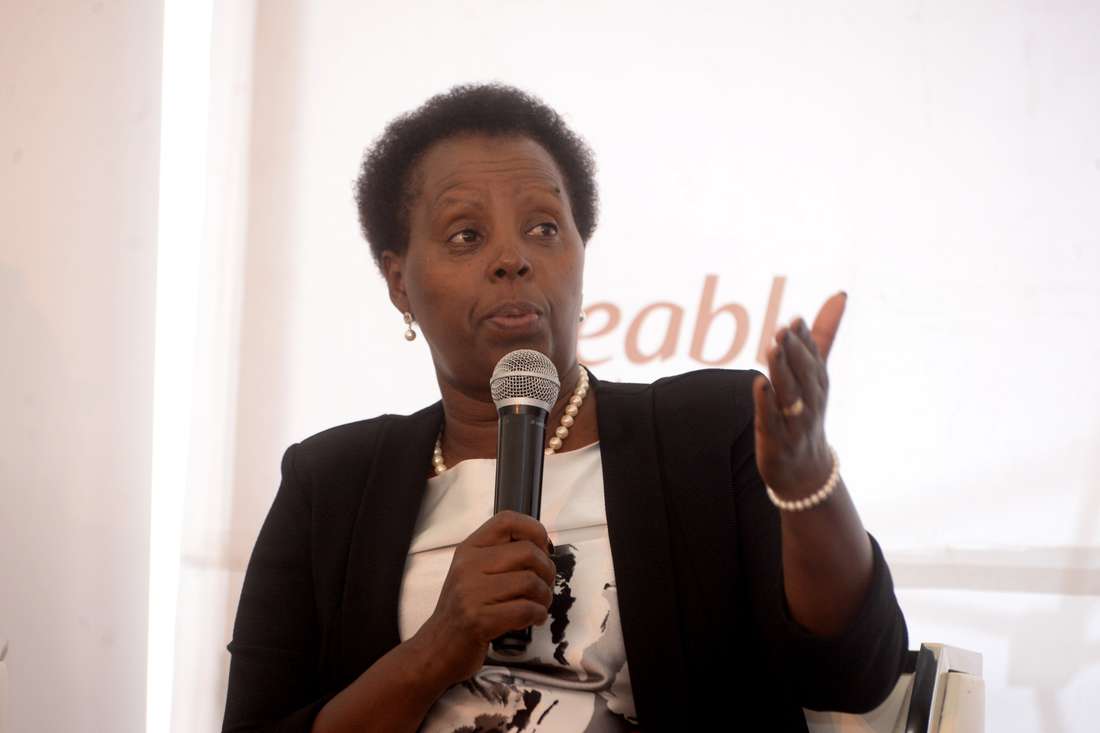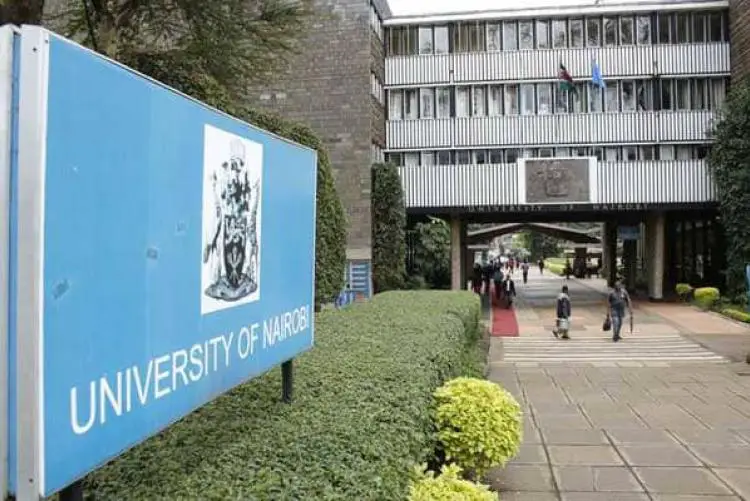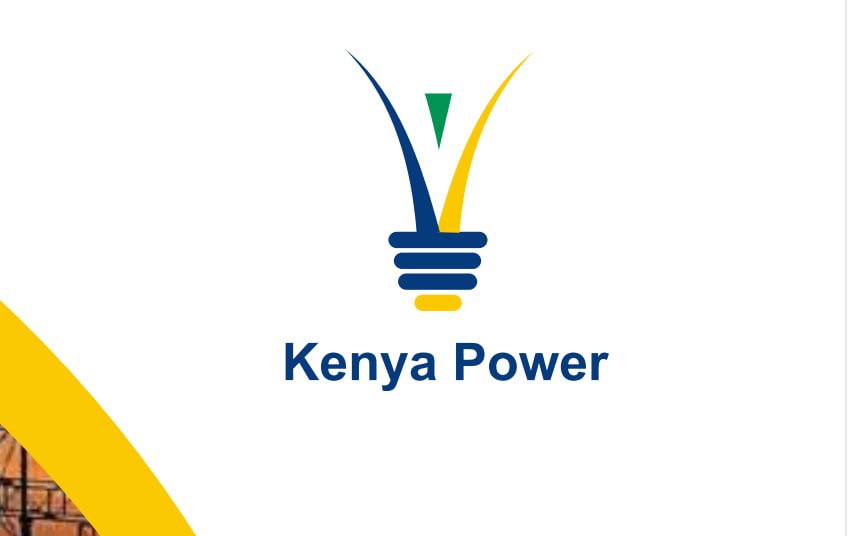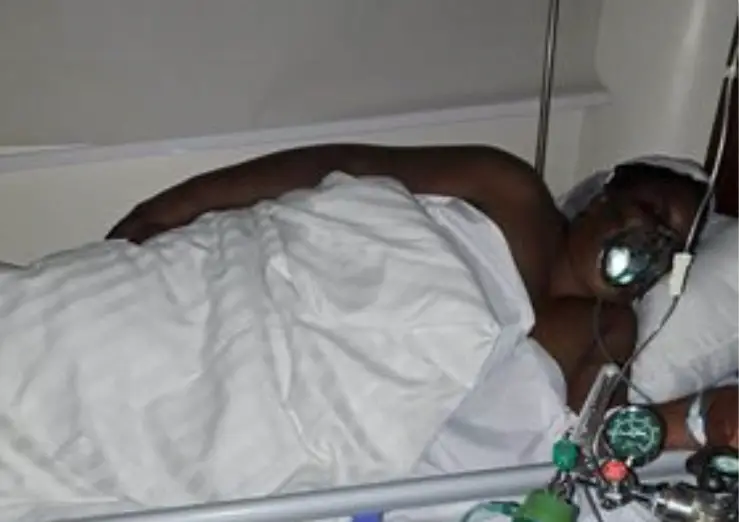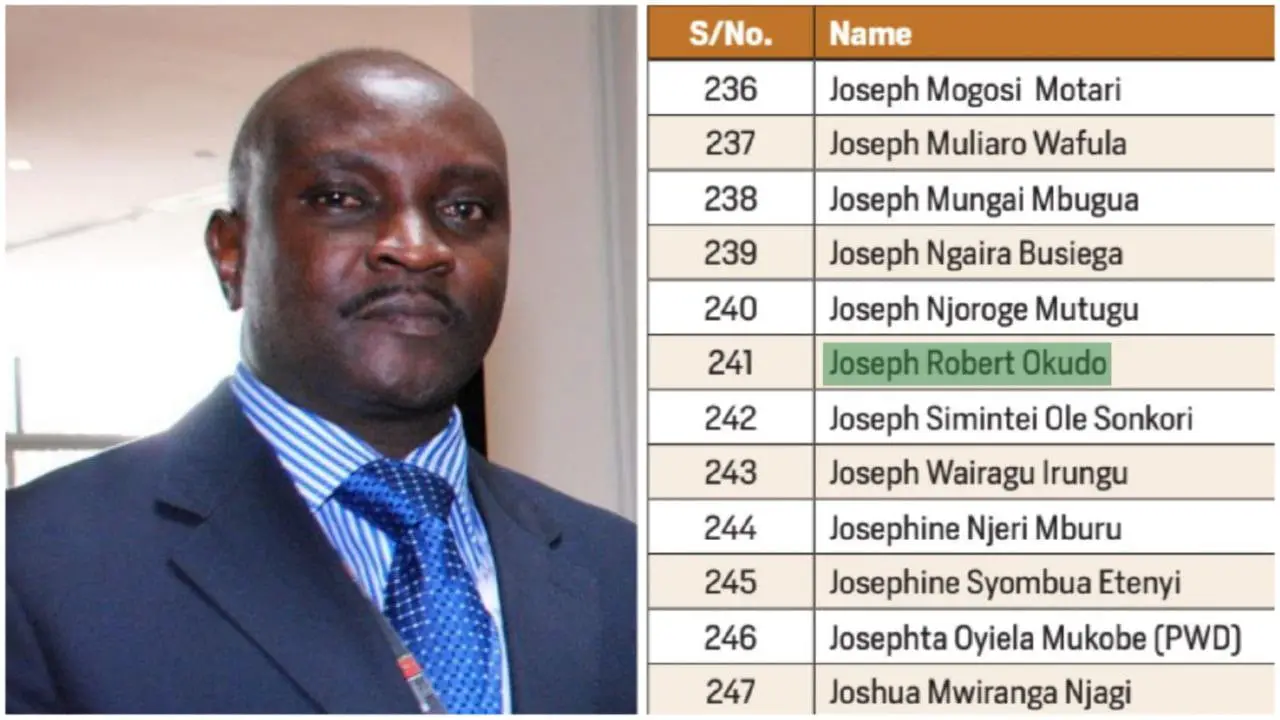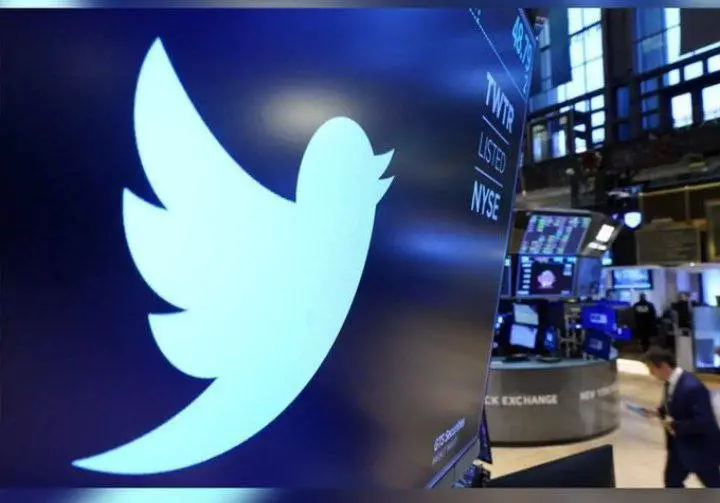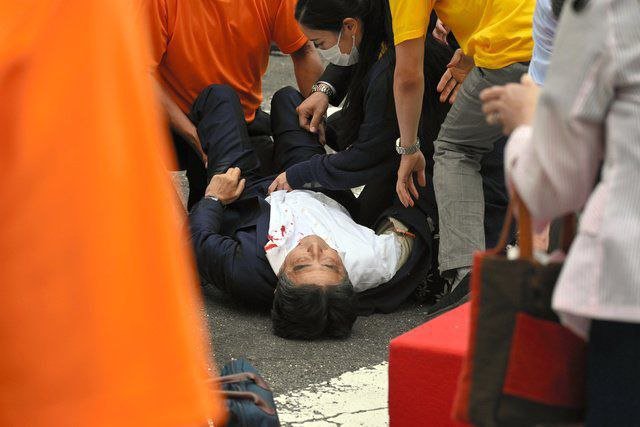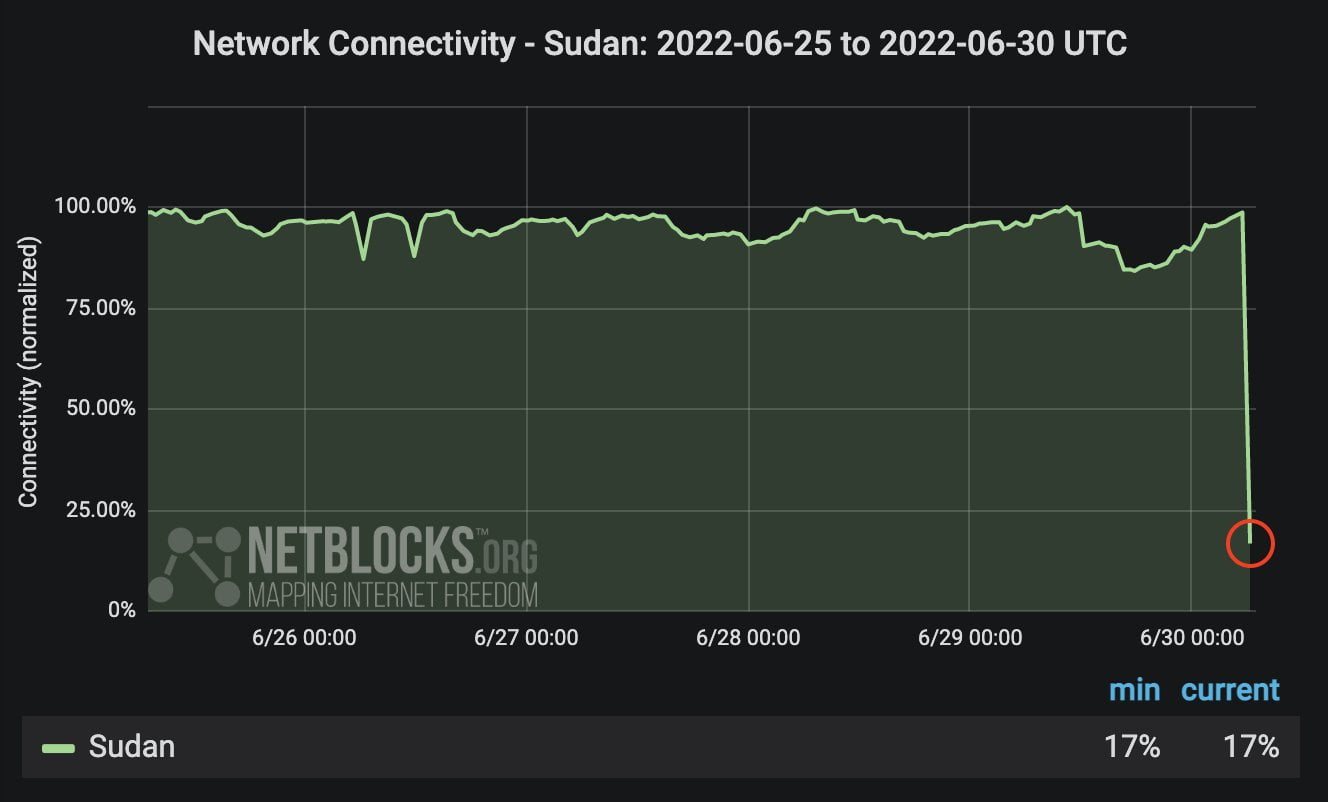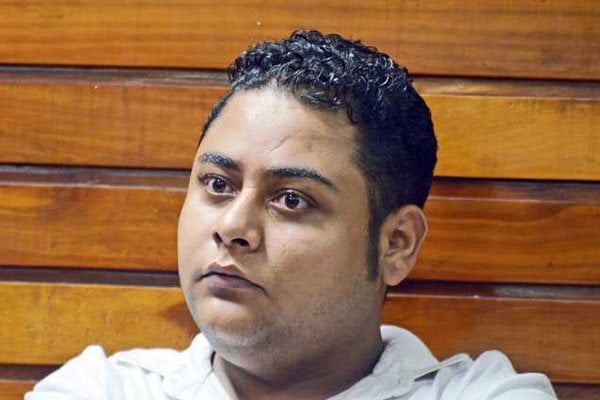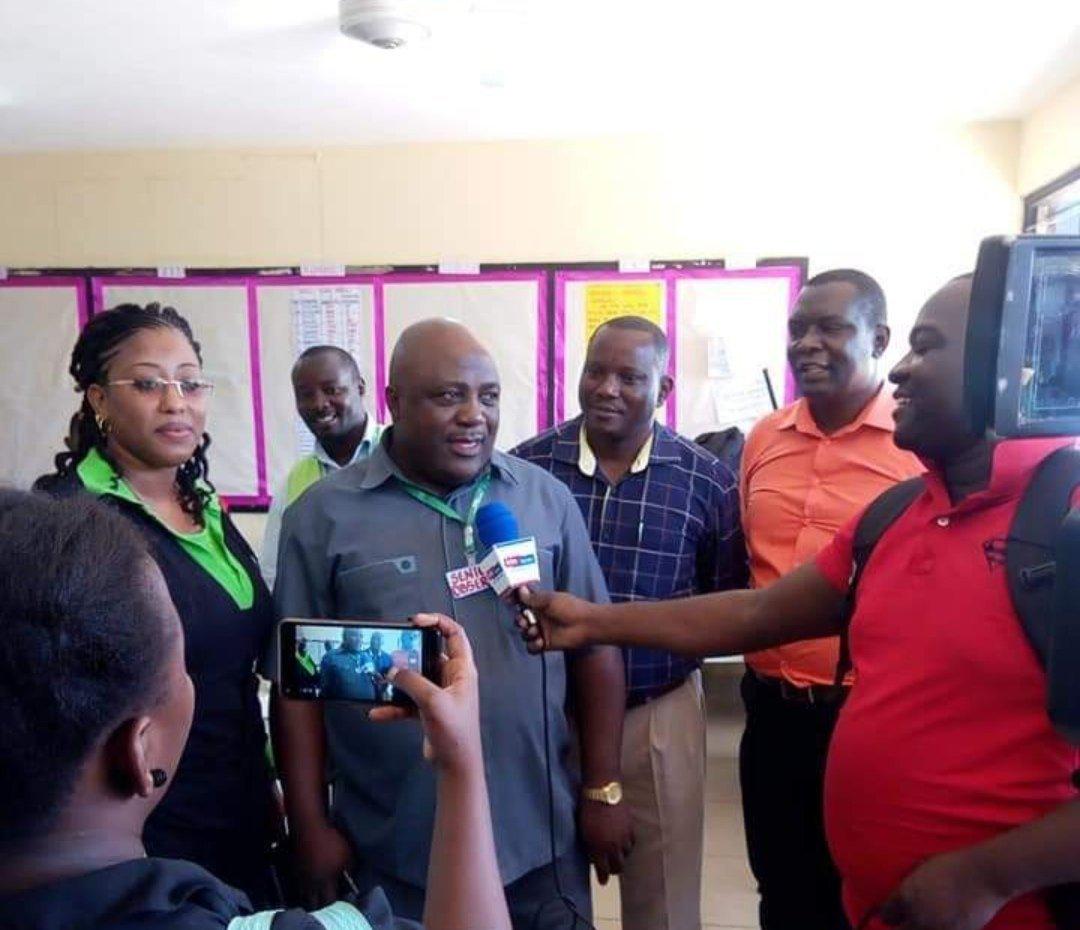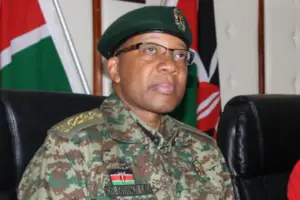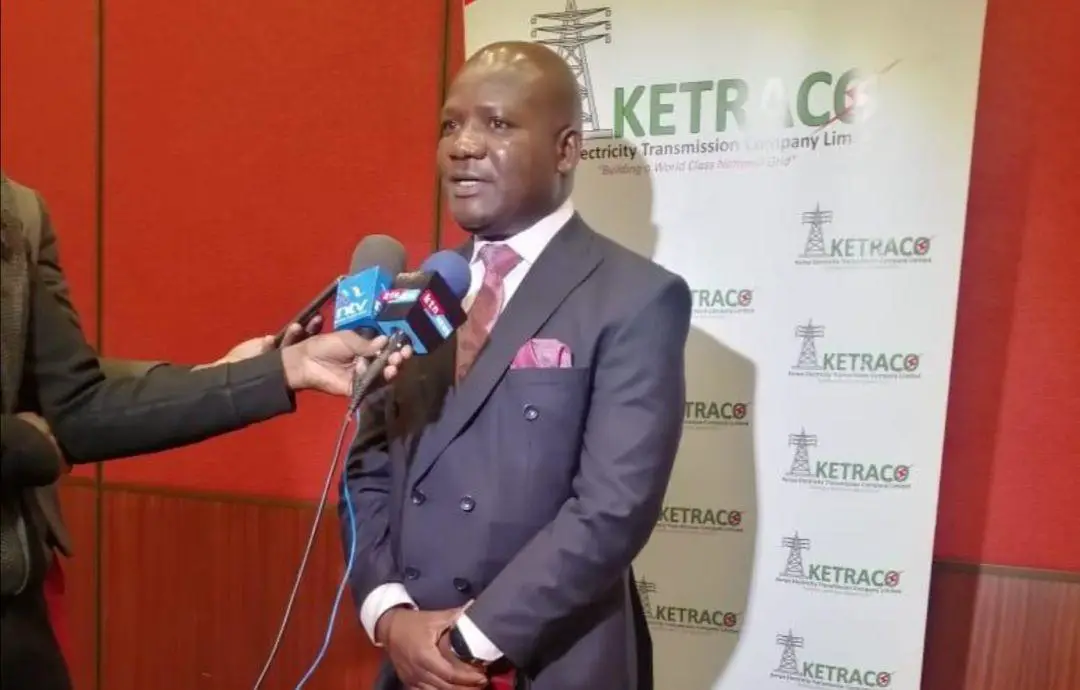
The problem with youths in oppressive states of the world is that they would cheer any piecemeal solutions to their problems. They would cheer on a thief, a dictator who is robbing them off their land but offering them some crumbs from the high table.
Of course, Fernandes Barasa is not a dictator but as for the other attribute, there’s something that is curious about his rise and stay at the Kenya Electricity Transmission Company (Ketraco).
Fernandes barasa ni number Ceo sahizi Kenya mzima. Ako na barasa foundation inachapa miradi nyumbani. Amenunulia vijana over 500 pikipikis ili wapate mapato yao kila siku. Ametengenezea waathiriwa wa floods nyumba juzi e.t.c Tafuta barasa foundation kwa fb uone maneno yake
— hood LLAMA 🇰🇪 (@jeremywanguche) June 30, 2020
However, before that, lets first delve into some of the things to support the first paragraph.
Fernandes Barasa is the CEO and MD of Ketraco, a govt agency mandated to plan, design, construct, own, operate and maintain high voltage electricity transmission grid and regional power interconnectors that will form the backbone of the National Transmission Grid.
Mr Barasa, a former boss of the now collapsing Institute of Certified Public Accountants of Kenya (ICPAK) has set his eyes on politics, to be the Governor of Kakamega County succeeding Wycliffe Oparanya.
The first red light is not even that he wants to join politics, a great escape route for many a thief that walk the corridors of power in Kenya. The real deal is that Mr Barasa has a foundation ostensibly to help poor youths in that county.
His association with DP William Ruto, plus the foundation, and wanting to join politics is what also suspect.
Foundations and politics in this country are used to ‘clean, protect and advance’ any past and future corrupt dealings.
ALSO READ:
Scandals
Do you begin to get the picture?
Ketraco, like many other state corporations, has been involved in the mismanagement of multi-billion shillings’ contracts.
In the first one, a Sh14 billion 450-kilometre, 1,500-megawatt Mombasa-Nairobi power line, there were fraudulent payments of alleged landowners.
Kenyans were swindled the money by the management of Ketraco through fraudulent payments disguised as real. On paper, the money was paid to genuine landowners on whose property Ketraco put up electricity transmission lines, but detectives believe a huge percentage of the money was swindled by officials at the State agency.
Detectives say one case in Kisaju, Kajiado County, where a landowner was paid 10 times more than the value of his land, mirrors hundreds of others during the construction of the Mombasa-Nairobi transmission line.
Secondly, in February 2018, Ketraco signed a contract worth $240M (Sh24 billion) with China Electric Power Equipment and Technology Company Limited (CET) to electrify the Standard Gauge Railway (SGR).
The promise was that in 28 months, the works would be complete.
Ketraco wrote: The project involves the construction of 14 substations between Mombasa and Nairobi. The main purpose of this venture is to ensure that when the SGR switches to clean energy power source, the supply will be reliable and sufficient for not only the train but other facilities along the Mombasa-Nairobi economic belt including train stations, planned industries, factories and businesses near the railway. This will create more major power customers and consumers and bring other opportunities to the locals. The design of the SGR railway, initially run by diesel-powered locomotives, allows for the addition of a single electric line that will be connected to KETRACO’s 482km 400kV Mombasa-Nairobi Transmission Line (MNTL) that was energized by President Uhuru Kenyatta on the 4th of August, 2017. MNTL, the longest and highest voltage transmission infrastructure in East Africa, has a transfer capacity of 1,500MW which is 200MW shy of the current national demand of 1,700MW. The line was constructed to address the challenges of low voltages, high transmission losses, unreliable supply including strengthening of network security and the national grid system. Its energization therefore debunks as flawed the myth that Kenya does not have a dependable source of electricity, most importantly one that can power the electric train network.
However, two years down the line, the work of electrifying the SGR has started not yet started.
PR Overdrive: Corrupt Ketraco MD Fernandes Barasa Buys Media Silence
In the third project, another one to do with a transmission line. Ketraco misused Sh6.3 billion for no or shoddy works done. It goes something like, Ketraco allowed a contractor to keep 100 per cent of its staff, even when the project had been stopped for 54 months after landowners blocked it, instead of just keeping a skeleton staff until matters had been resolved. There were also additional claims due to the contractor’s overheads during the delay. Auditors also flagged variations of contracts whose prices had been set beyond the 20 per cent variation limit stipulated by procurement law. One of the projects was varied by up to 86 per cent, resulting in additional charges of Sh430 million. The report also found outstanding way-leave compensation amounting to Sh726 million, with another unclear payment of Sh35.6 million made to a landowner in Kajiado. There was also an inflated land compensation payment of Sh72 million to a software firm and the entity had taken a hit from a presidential directive on 20 per cent top up to compensate landowners.
This last one is particularly hazy as it looks like the whole money was misappropriated and ended up in the pockets of politicians. Sources trace the Sh6.3 billion back to the Deputy President.
In the power lines scandals, very many billions have been mismanaged and most point to the financing of a campaign to sway western Kenya to the DP.
The fourth scandal is that of the Loiyangalani-Suswa power line worth 28.9 billion shillings. The project which had varied estimation of costs from the National Treasury (Sh36 billion), Ministry of energy (Sh33 billion and Ketraco (Sh30 billion) stalled at some point. The 435-kilometre double circuit transmission line is also rated at 400kV but currently operates at 220kV.
Fernandes Barasa is accused of carting away money from Ketraco to fund his and the political ambitions of the DP. The other big question is where did the money to electrify the SGR go to? Where did Fernandes Barasa take Sh25 billion?


